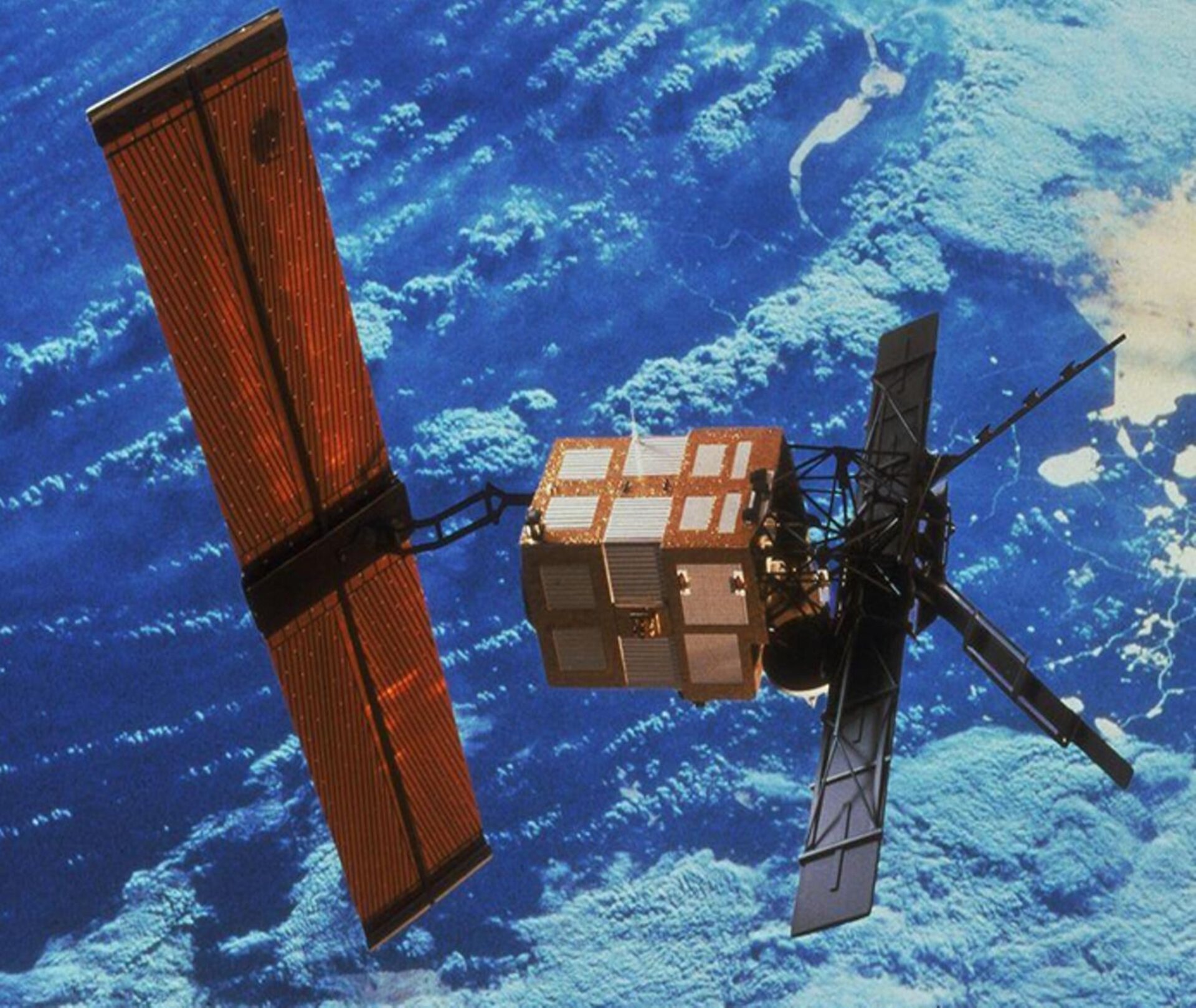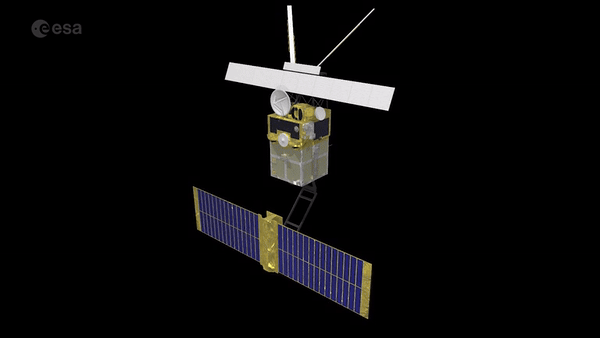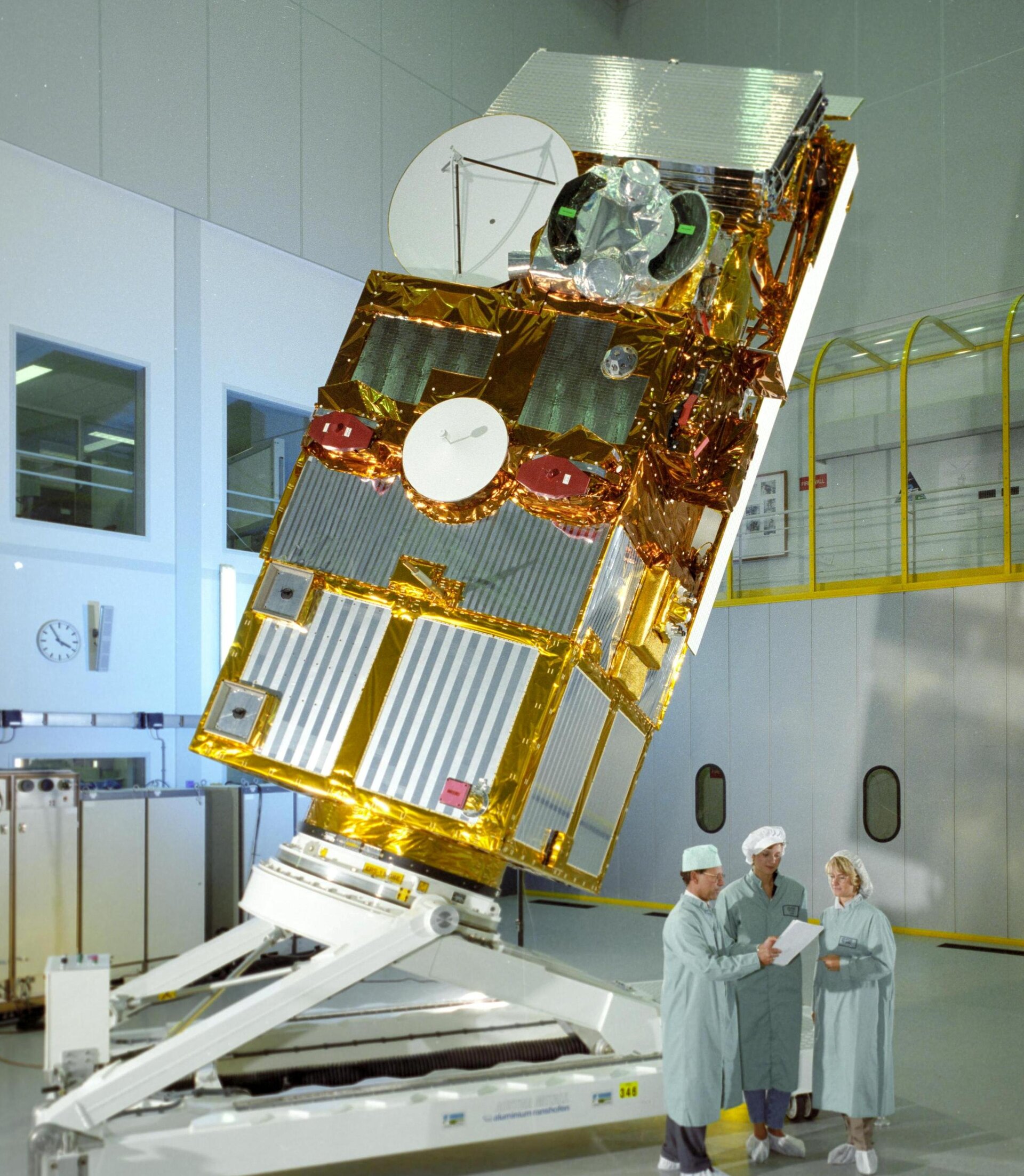The outdated European Remote Sensing satellite, ERS-2, has long been turned off and has been slowly decaying from orbit for the past 13 years. One of these days, it will finally stop wandering, plunging into the Earth’s atmosphere, where it will disintegrate into tiny fragments, and then finally burn up.

This is how the life of a space science instrument will end after 16 years of service. This message came from the European Space Agency (ESA), which indicated that, like its predecessor ERS-1, the satellite played a key role in studying climate change and observing the Earth from space.

ERS-2, launched in 1995 at an altitude of 785 km, was designed to measure ocean surface temperature and winds at sea. Together with its predecessor, this satellite played an important role in collecting data on the decrease of polar ice, land surface changes, sea level rise and other aspects of human influence on the planet. After completing the mission in 2011, ERS-2 began to reduce the altitude of its orbit in a controlled and slow manner so as to avoid collisions with other satellites. Over the past 13 years, the spacecraft, which has long been out of service, has been slowly sinking, mainly due to solar activity. ERS-2 has now reached the end point of no return, and it is assumed that it will be completely destroyed when it enters the atmosphere next week.

The ESA’s Space Debris Tracking Department will monitor this event and provide the necessary information about the trajectory of the satellite’s fall. Although the entry into the atmosphere of ERS-2 will be uncontrolled, the space agency has recently experimented with a controlled entry into the atmosphere of its Aeolus satellite to minimize the risk of damage on its way to Earth. Other satellites are equipped with controlled atmospheric entry technology, which takes them to a lower altitude so that the impact site of possible debris is in a controlled area. ERS-2 is an old spacecraft, and therefore falling to the Earth may turn out to be unpredictable at the last moment. However, space agencies are working on developing new ways to help keep our planet’s orbit safe and stable.
Officially saying goodbye to ERS-2, we must remember that this satellite inspired the following Earth observation satellites, such as the Envisat mission, MetOp meteorological satellites and Copernicus Sentinels.
Earlier, we explained whether a satellite would fall on you.
According to ESA
Follow us on Twitter to get the most interesting space news in time
https://twitter.comne/ust_magazi


